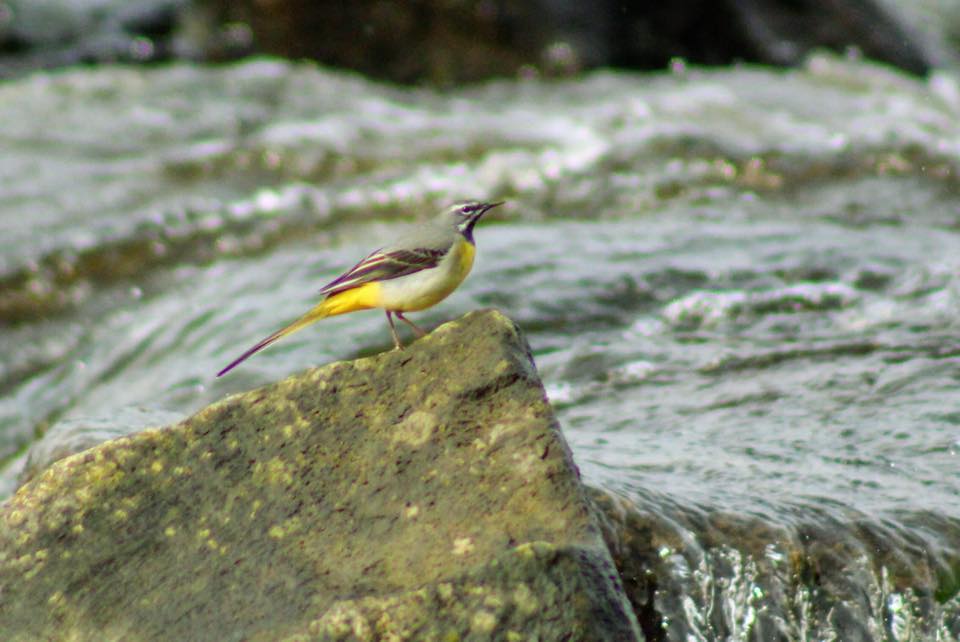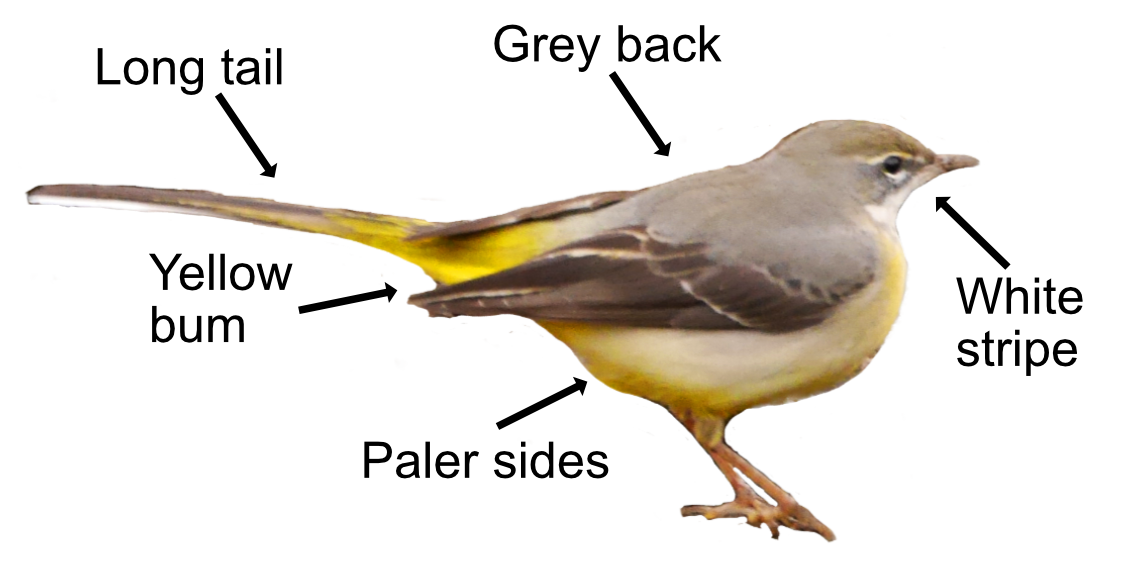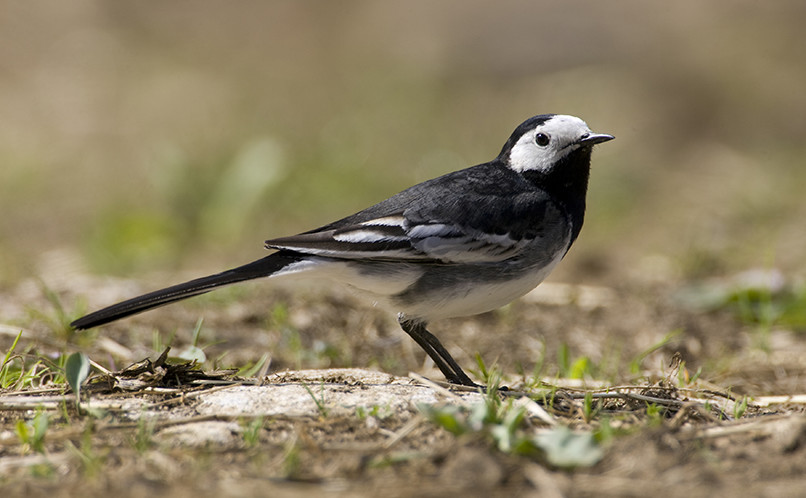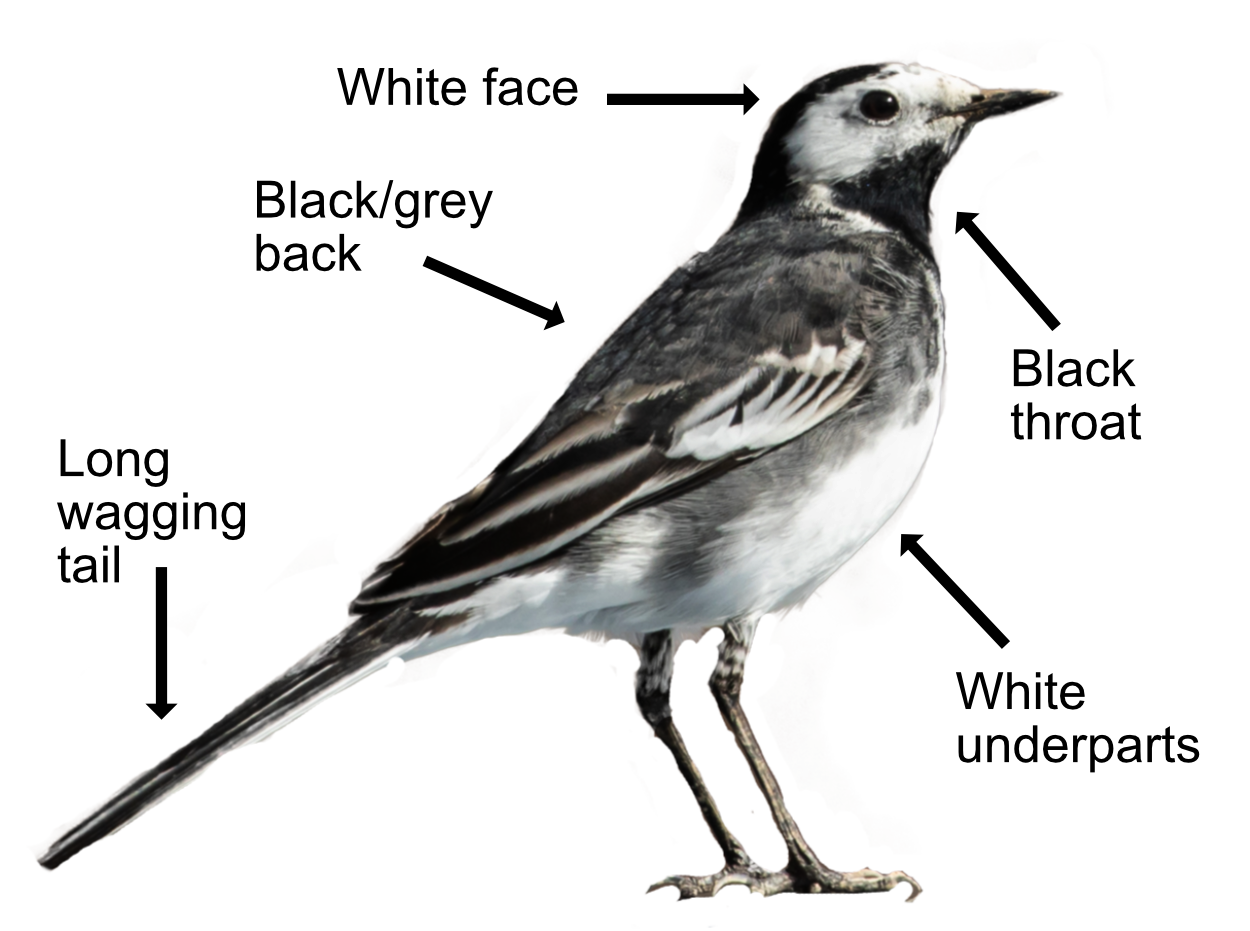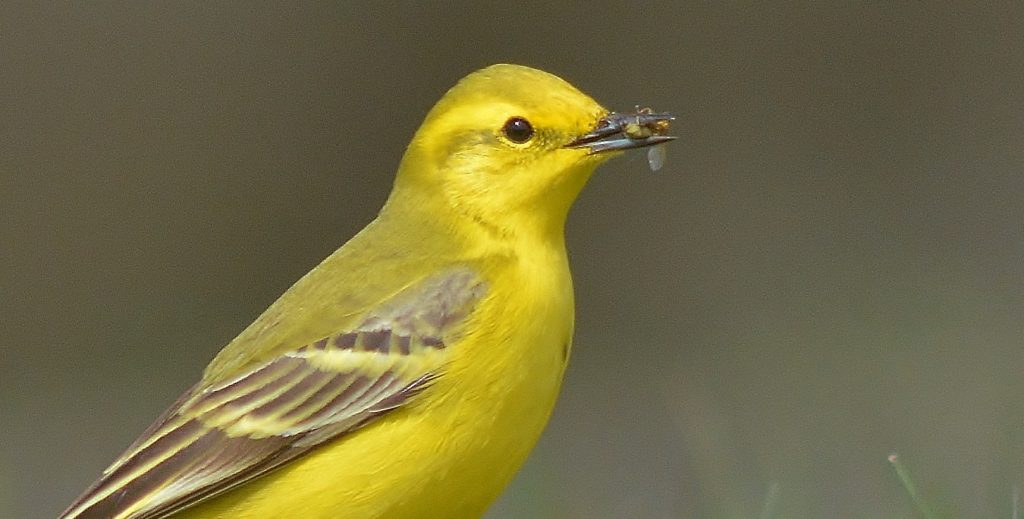
In Ancient Egypt, the Yellow Wagtail was considered a representation of Atum himself and it might have been the inspiration for the Bennu bird, which, in turn, is supposed to have inspired the phoenix of Greek mythology, the bird that rose out of the fire. Not bad for a small bird wearing a high-vis jacket and sporting a fashionable waggy tail.
The Yellow Wagtail is smaller and sleeker than the Pied Wagtail and is very, very yellow. The male has yellow under parts, a yellow head, and a yellow green back. No other bird is so yellow and without streaks. It has the shortest waggy tail of all the wagtails, but can still do a good wag. There are two white wing bars, and the tail has white sides. The female and youngsters are similar to the male but slightly paler.
The Yellow Wagtail likes lowland pastures, water meadows, marshes, riversides, and arable fields, like the ones found in central and eastern England. It is a real fenland bird at heart. It hangs around with cows and other large animals in search of food, spending much of the time running about on the ground, chasing insects disturbed by their feet, and trying not to get squashed. There is nothing better than a big fat cowpat for takeaway insects.
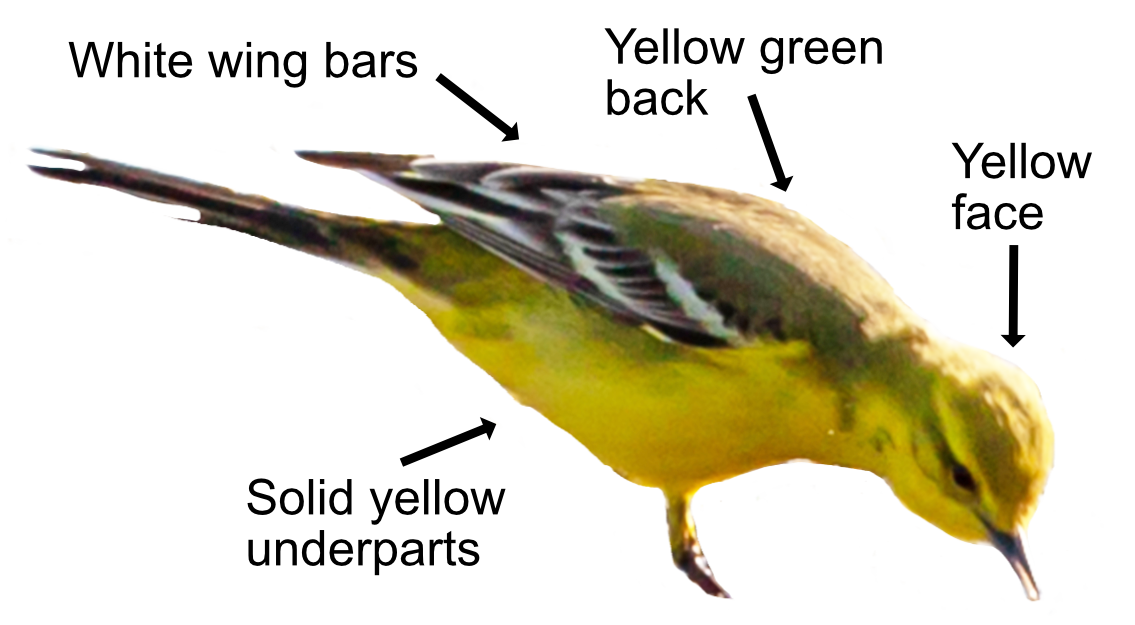
They fly in long undulating curves or perch on posts and wires, waving their tails to attract attention as if being vibrant yellow wasn't enough. The Yellow Wagtail gives a "Sweep" call that is very different from that of the grey or pied. It sings mainly from May to July.
They build a cup-shaped nest in a tussock close to the ground. It is made of grass lined with wool or fur. The 4-8 speckled eggs are laid in April. Both parents incubate the eggs, which hatch after 12 days. The youngsters fly after 16 days but will hang around with mum and dad for several weeks. The family may even migrate together. It is pretty hard to give the kids the slip when you are high-viz.
The Yellow Wagtail is a summer visitor with the males arriving first in late March. They are fairly scarce with about 50,000 territories in Britain. Recent declines in breeding numbers have placed the Yellow Wagtail on the Red List of birds of conservation concern. This is thought to be because of changes in land use and agricultural practices, though being bright yellow doesn't make it easy to hide from predators like Mr Sparrowhawk. Come October, they migrate in flocks back to West Africa for their annual winter holiday in the sun.
The Yellow Wagtail looks slightly different depending on where in Europe it breeds, There are eight different subspecies with variations in the colour of the male's head. For example, in France and Germany, you will find the blue-headed wagtail; in Italy, the grey-headed wagtail; and in Finland, the ashy-headed wagtail. Their Latin name is 'motacilla flava' where 'motacilla', like the Pied Wagtail, means 'tail mover' and 'flava' is Latin for 'golden-yellow'.
